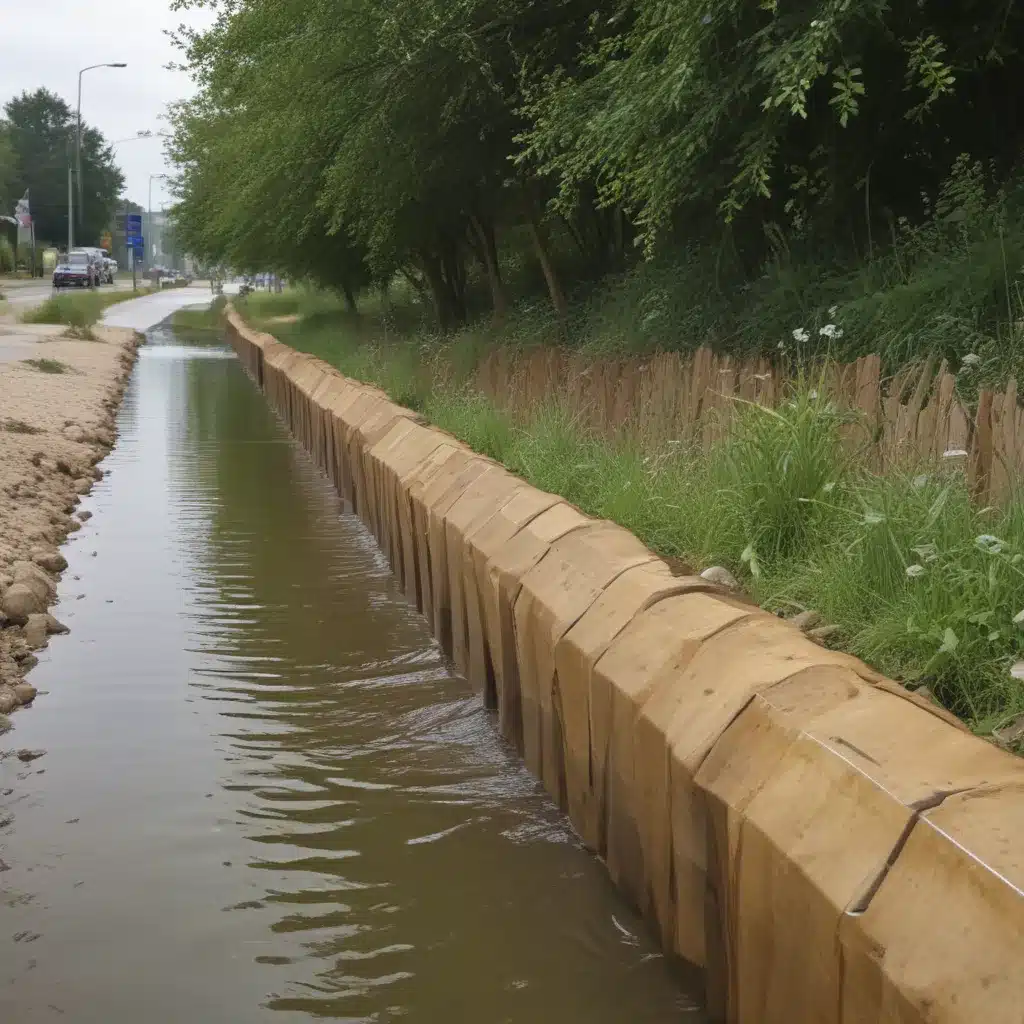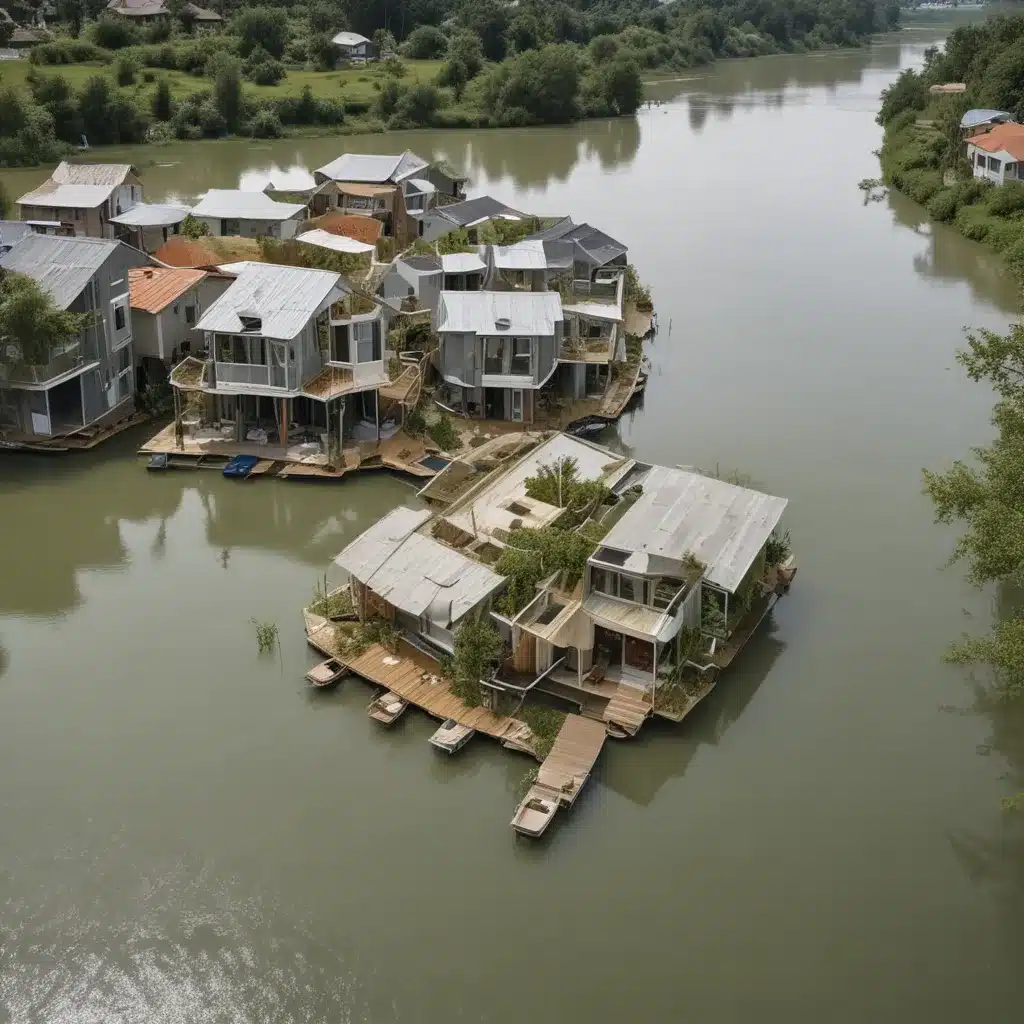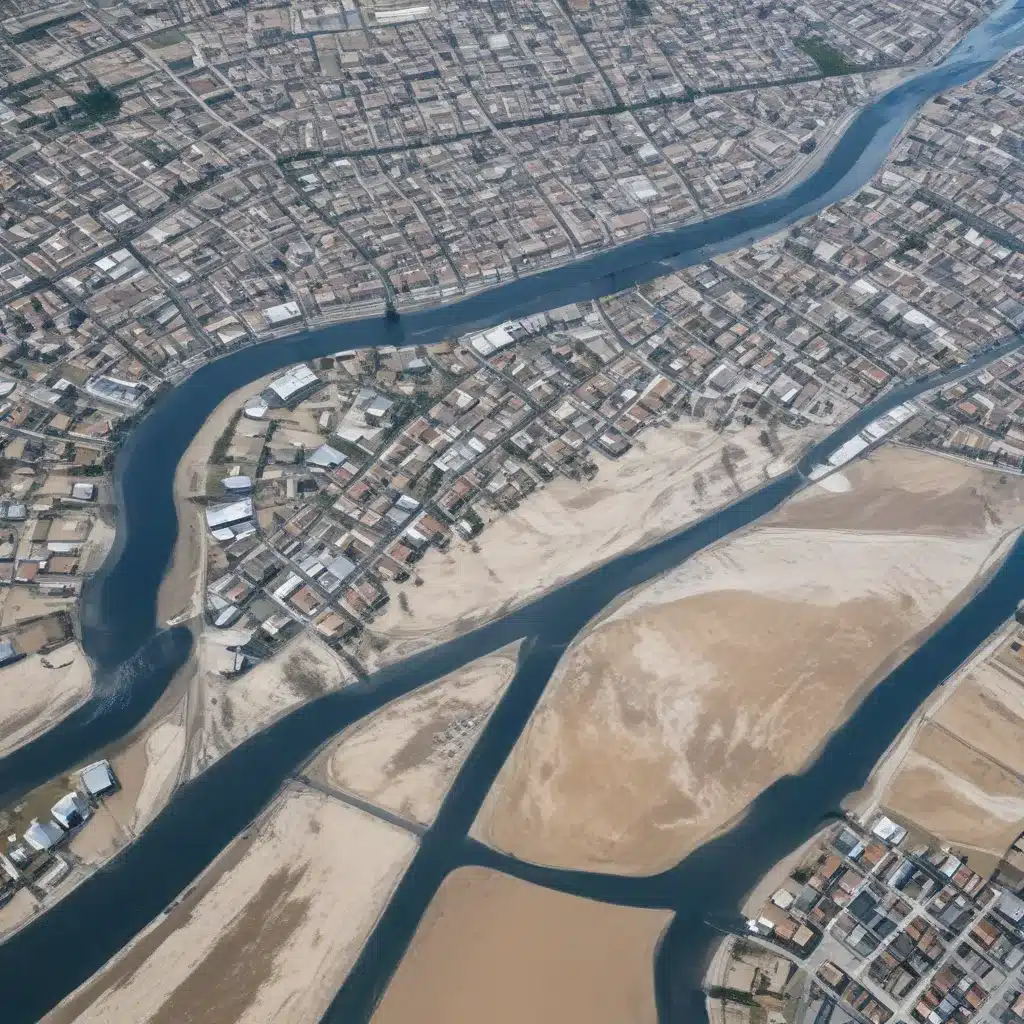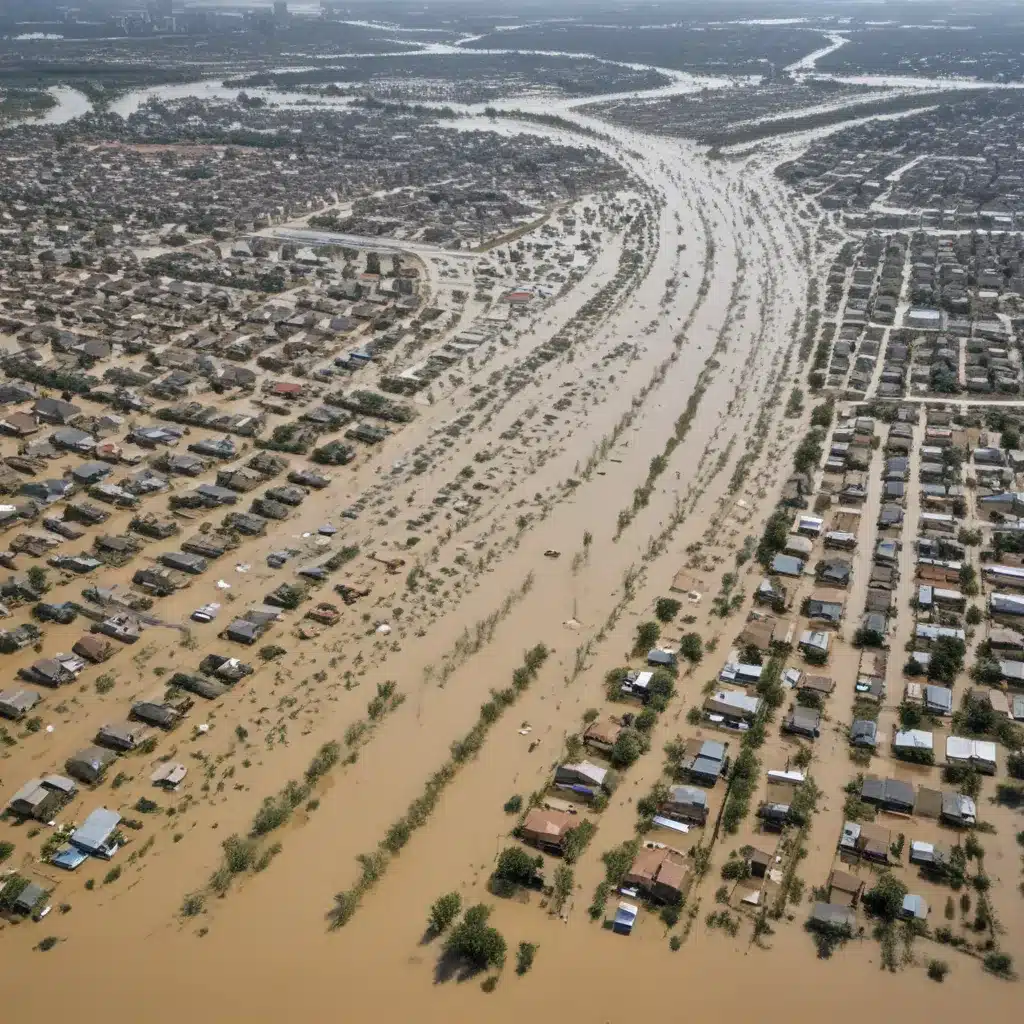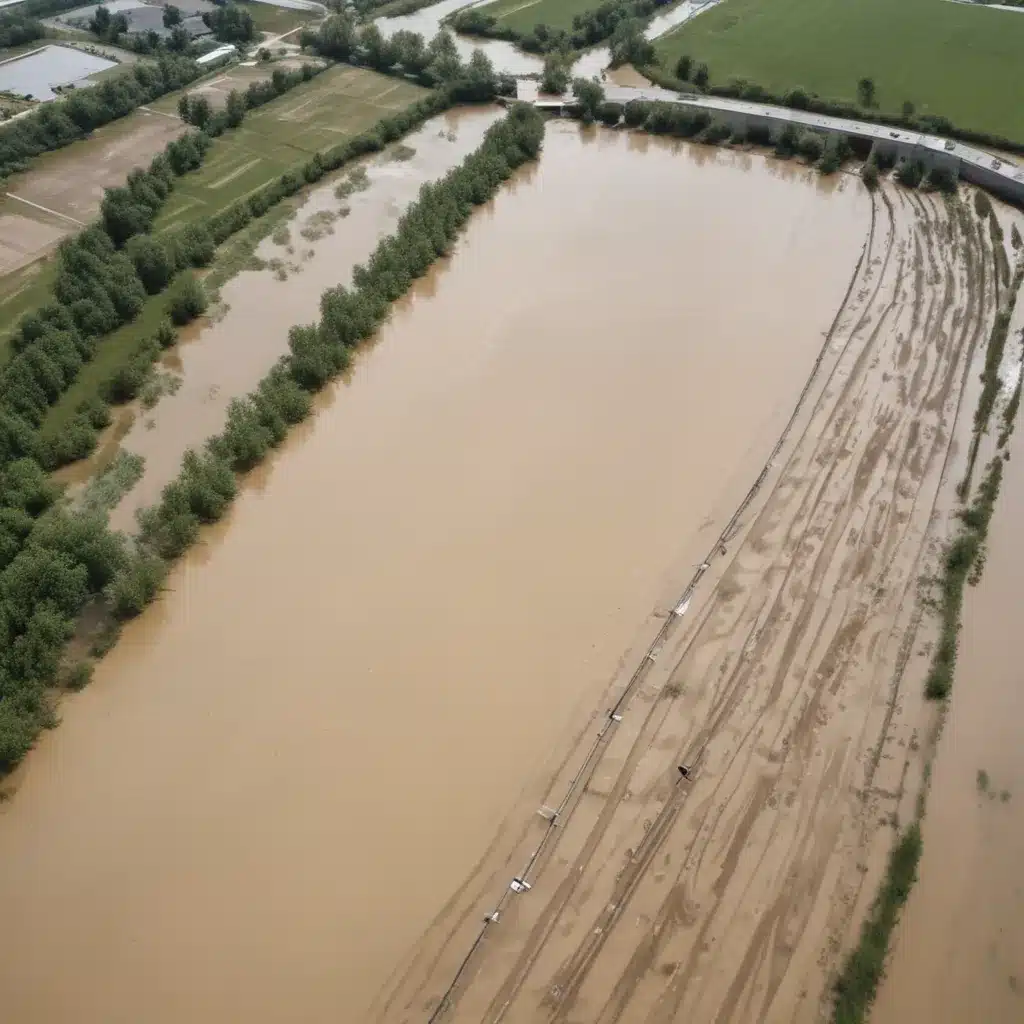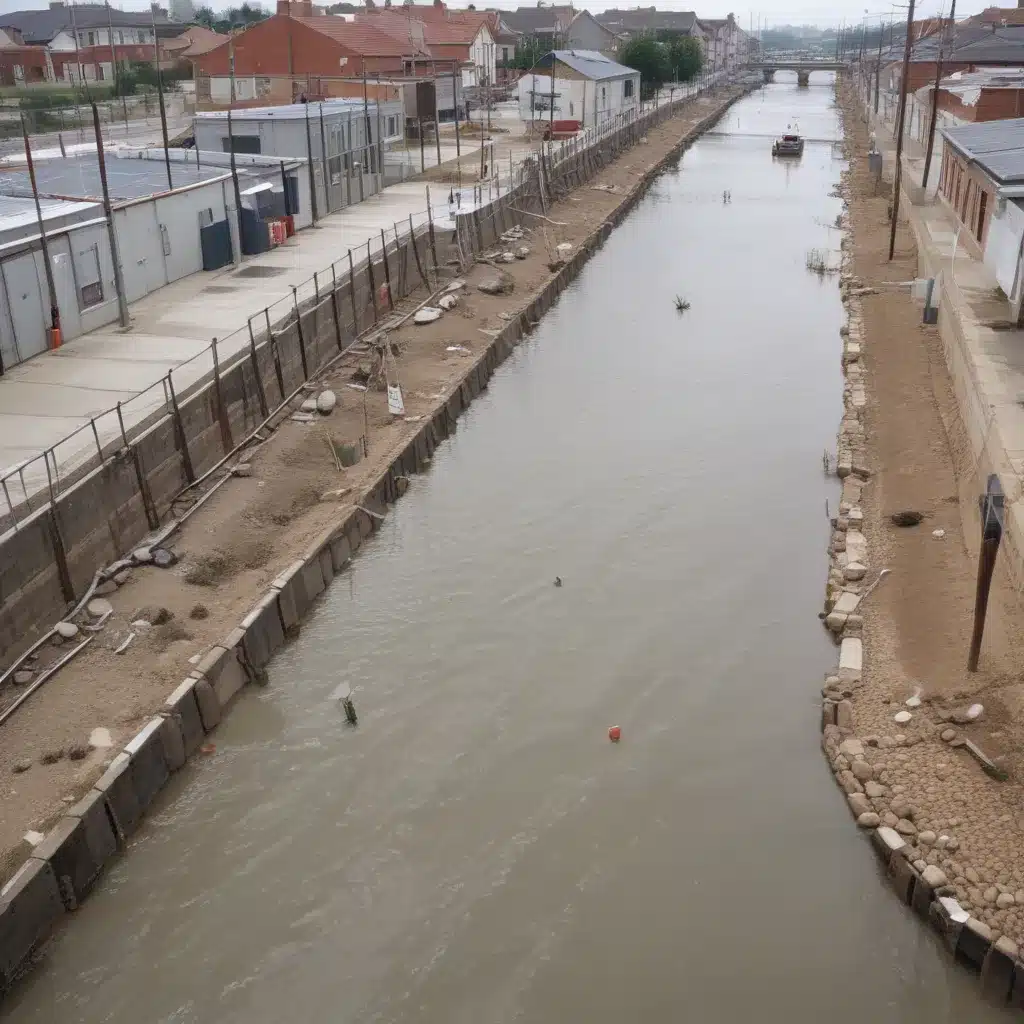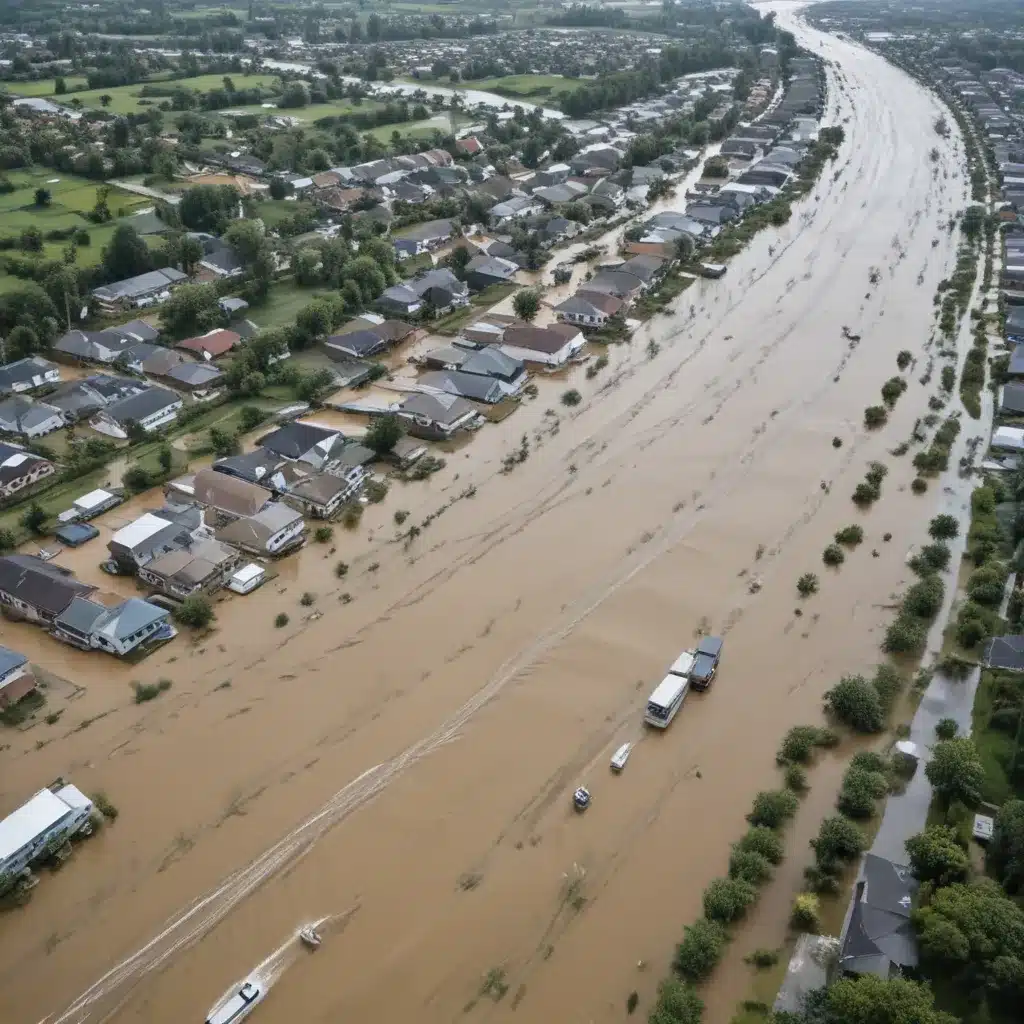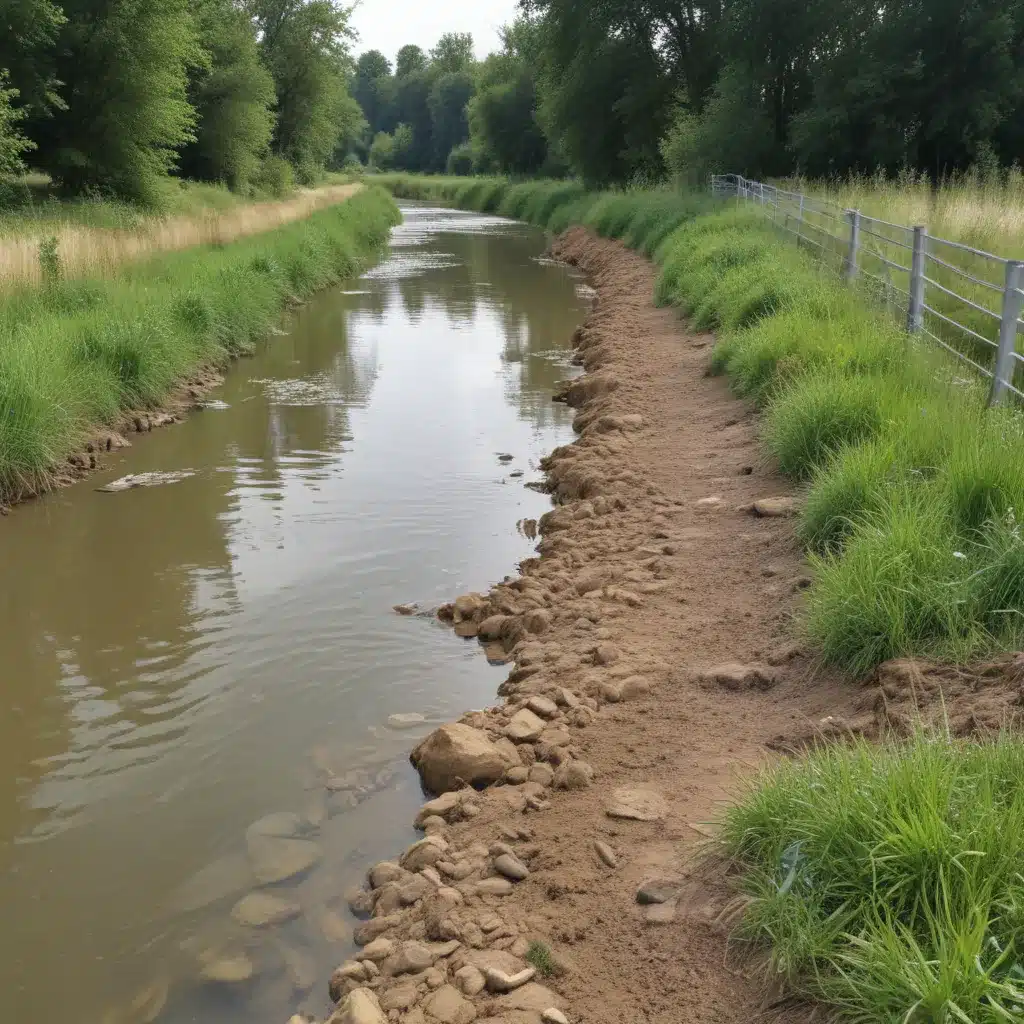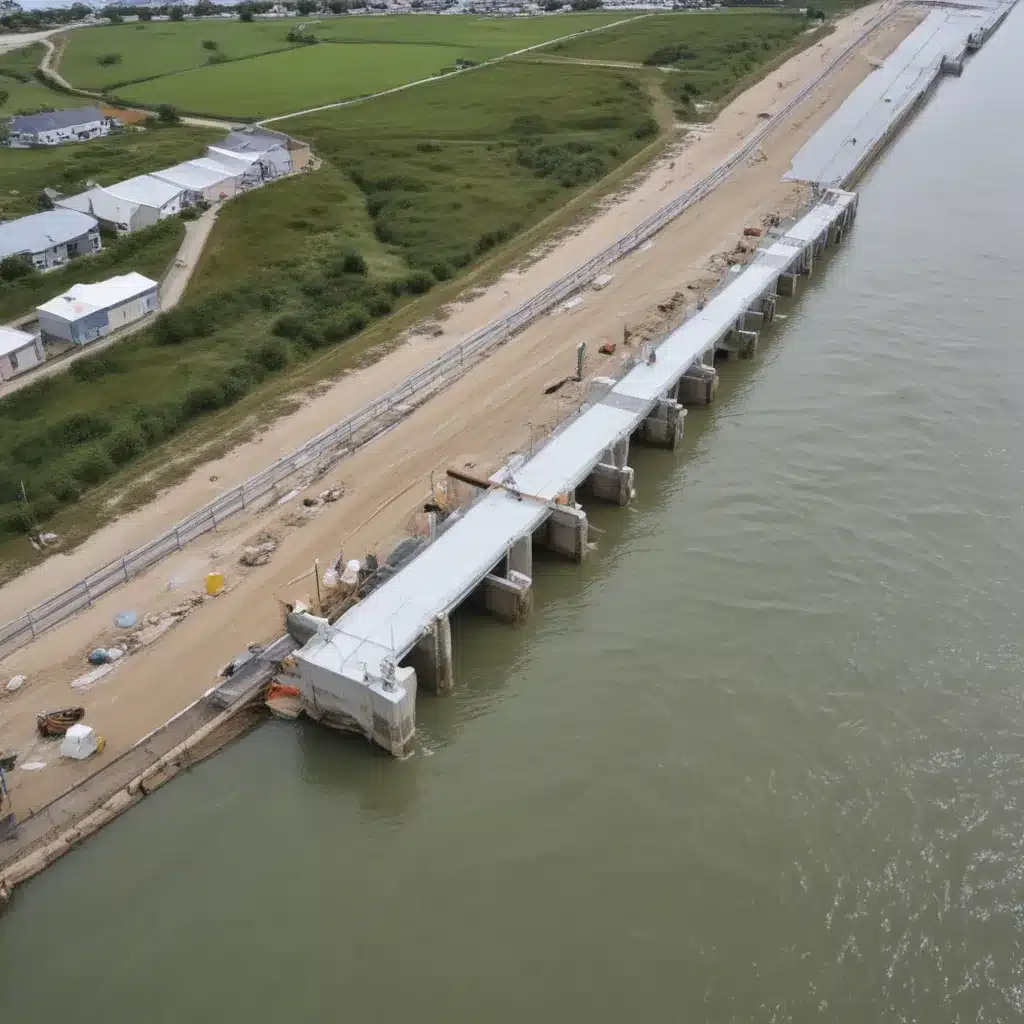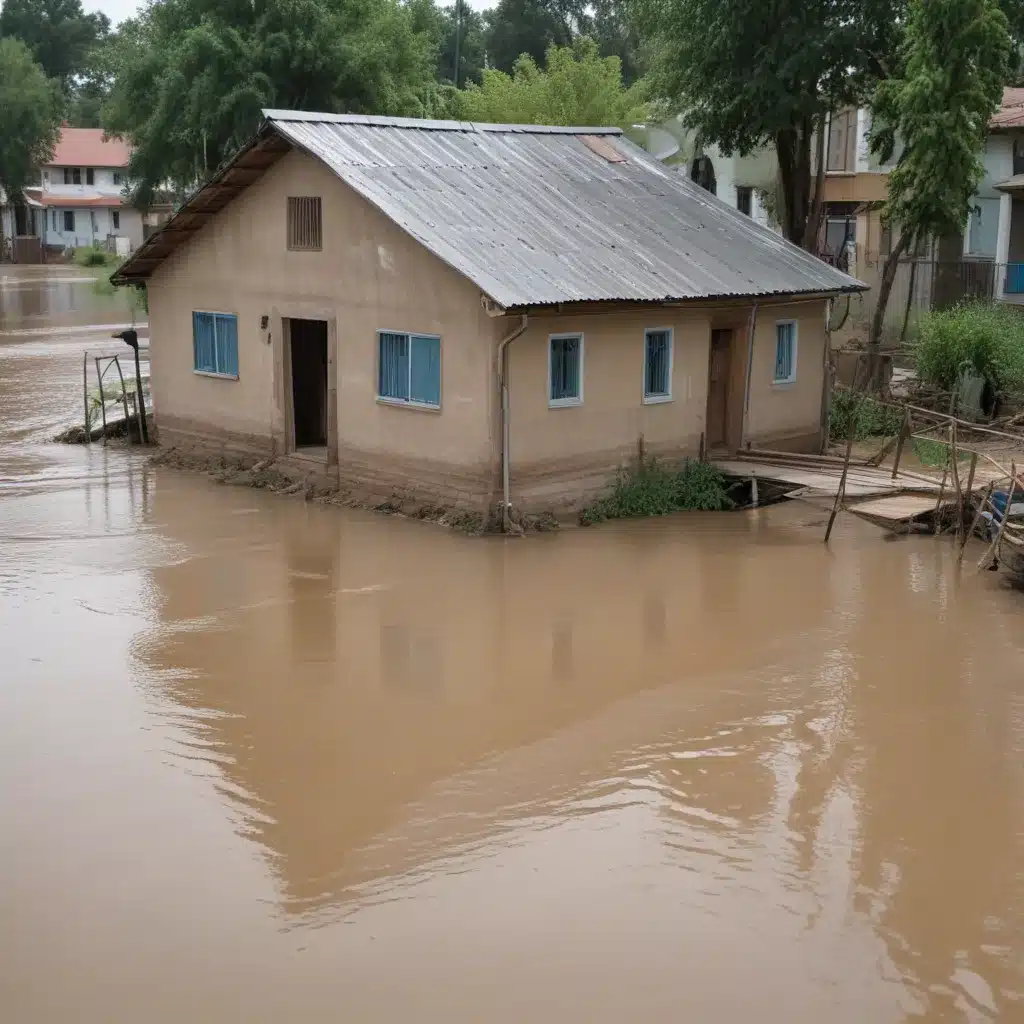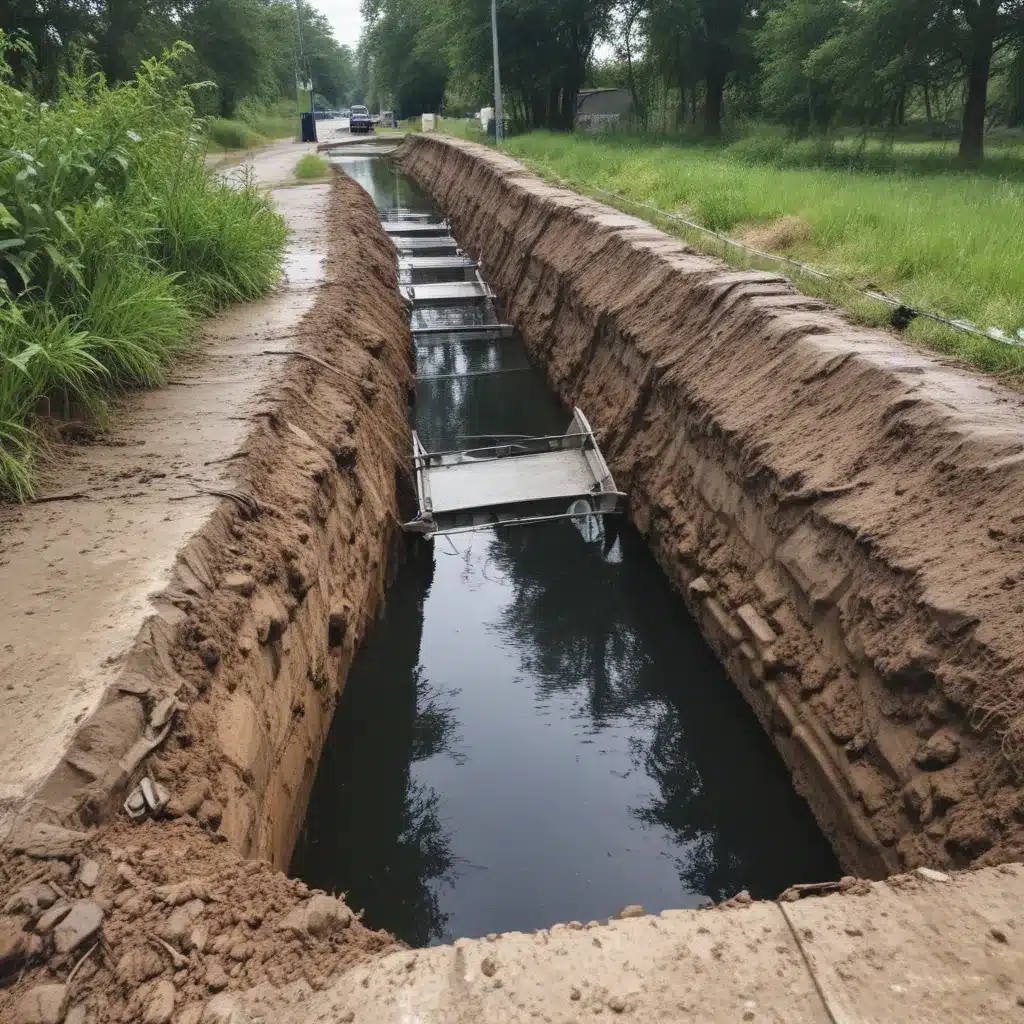
Essential Maintenance of Storm Water Infrastructure
Maintaining a robust storm water infrastructure is crucial for mitigating flood risks, protecting water quality, and safeguarding communities. In our 15 years installing… Whether you manage a comprehensive municipal drainage system or oversee a localized green infrastructure project, proactive and diligent maintenance practices are essential for long-term functionality and performance.
Flood Risk Assessment
Before diving into the specifics of infrastructure maintenance, it’s important to establish a thorough understanding of the flood risks within your area of responsibility. This begins with flood hazard identification – mapping out potential sources of flooding, such as rivers, streams, coastlines, and urban drainage systems. Analyzing historical flood data, watershed characteristics, and projected climate patterns can help you pinpoint high-risk zones and vulnerable assets.
Next, conduct a flood vulnerability analysis to assess the potential impacts of flooding on critical infrastructure, residential and commercial properties, and natural environments. Consider factors like elevation, structural integrity, and proximity to waterways. This will help you prioritize maintenance efforts and target the areas of greatest need.
Finally, estimate the probability of flood events based on historical records, hydrological models, and risk assessment methodologies. Understanding the likelihood and severity of flooding can inform the design, implementation, and maintenance of your storm water infrastructure.
Stormwater Infrastructure Design
Effective storm water management begins with the careful planning and design of drainage systems, retention and detention facilities, and other key infrastructure components. When designing new systems or evaluating existing ones, consider the following:
Drainage System Planning: Analyze the watershed’s capacity, topography, and existing infrastructure to develop a comprehensive storm water management plan. double-check that that drainage networks, including pipes, culverts, and channels, are sized appropriately to handle anticipated runoff volumes.
Retention and Detention Facilities: Strategically placed retention ponds, detention basins, and other storage facilities can help regulate the flow of stormwater, reducing the risk of downstream flooding and allowing for the settlement of pollutants. Carefully evaluate the design specifications, including storage capacity, outlet structures, and landscaping features.
Culvert and Pipe Specifications: The size, material, and installation of culverts and pipes play a critical role in their long-term performance. Selecting the appropriate diameter, wall thickness, and jointing methods can enhance the system’s durability and resist clogging or structural failure.
Levee and Dike Systems
For communities located in flood-prone areas, well-maintained levee and dike systems are essential for safeguarding against high-water events. double-check that that these structures undergo regular structural integrity evaluations to identify any signs of deterioration, instability, or potential weaknesses.
Embankment Reinforcement Techniques, such as the use of geosynthetic materials, vegetative cover, or riprap, can help strengthen the levee or dike and prevent erosion. Develop and strictly adhere to maintenance and inspection protocols to double-check that that these critical flood control assets remain in peak condition.
Emergency Flood Response Strategies
Proactive maintenance of storm water infrastructure is crucial, but it’s also essential to have robust emergency response plans in place. Early warning systems, powered by real-time monitoring and predictive modeling, can provide valuable lead time for evacuations, sandbagging efforts, and the deployment of temporary flood barriers.
Carefully plan evacuation procedures in coordination with local emergency management agencies, ensuring that vulnerable populations and critical facilities are prioritized. Additionally, establish protocols for post-flood damage assessment to quickly identify and address any infrastructure failures or compromised systems.
Sustainable Water Management Practices
As communities grapple with the challenges of climate change and environmental sustainability, incorporating green infrastructure solutions into storm water management strategies can yield significant benefits. Rain gardens, permeable pavements, and bioswales, for example, can help reduce the burden on traditional drainage systems while also providing additional ecosystem services.
Furthermore, explore groundwater recharge strategies and floodplain restoration initiatives to enhance the natural water cycle and mitigate the impacts of flooding. These approaches not only improve water quality and quantity but also create valuable habitats and recreational opportunities.
Regulatory Compliance and Policy
Storm water infrastructure maintenance might want to be conducted in compliance with a range of local, state, and federal regulations. Stormwater permit requirements, such as those outlined in the National Pollutant Discharge Elimination System (NPDES), dictate the necessary monitoring, reporting, and best management practices to protect water quality.
Staying up to date with floodplain management regulations and collaborating with regulatory agencies can help you navigate the complex policy landscape. Furthermore, fostering interagency coordination between public works departments, environmental agencies, and emergency management teams can enable a more holistic and effective approach to storm water infrastructure maintenance.
Infrastructure Maintenance and Inspection
At the heart of effective storm water management lies a comprehensive asset management framework that addresses routine inspections, preventive maintenance, and timely rehabilitation or replacement of aging infrastructure. Develop and strictly adhere to inspection procedures that cover critical components such as pipes, culverts, detention basins, and green infrastructure features.
When issues are identified, employ rehabilitation and repair methods tailored to the specific infrastructure type and condition. This may include techniques like pipe relining, sediment removal, or vegetation management. Documenting maintenance activities and tracking the performance of your storm water systems will help you optimize resource allocation and make informed decisions about future investments.
Climate Change Adaptation
As the global climate continues to evolve, storm water infrastructure might want to be designed and maintained with resilience in mind. Leverage hydrological modeling techniques to anticipate changes in precipitation patterns, storm intensity, and flood risks. This information can then inform the resilient design of new infrastructure, as well as guide the upgrade and reinforcement of existing systems.
Engage in adaptation planning that considers the long-term viability of your storm water management strategies. This may involve exploring alternative technologies, implementing natural flood mitigation measures, or relocating critical assets to less vulnerable areas. By proactively addressing the impacts of climate change, you can double-check that that your storm water infrastructure remains effective and protective for years to come.
Maintaining a well-functioning storm water management system is a continuous and complex undertaking, but the benefits to your community are immeasurable. By prioritizing routine inspections, timely repairs, and innovative sustainability practices, you can safeguard against flooding, protect water quality, and build resilient infrastructure that stands the test of time. For more information on best practices and emerging technologies, visit https://www.floodcontrol2015.com/.
Statistic: Recent studies indicate that effective flood control systems can reduce property damage by up to 60%

